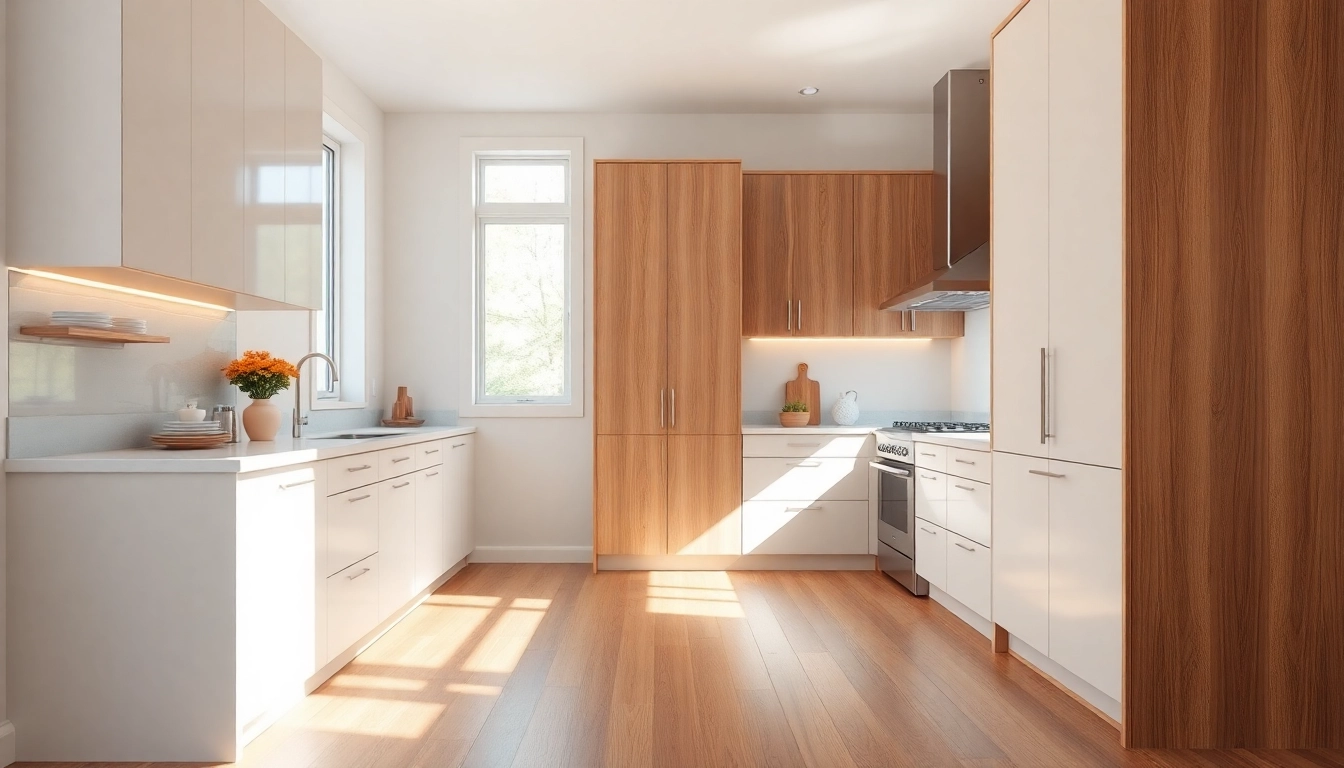Introduction to Window and Door Replacement
Window and door replacement is more than a cosmetic upgrade; it strengthens your home’s envelope, improves comfort, and reduces energy costs. Modern builds and older homes alike benefit from tighter seals, better glazing, and durable hardware that withstands weather and daily use.
This guide takes a practical approach to window and door replacement, weighing materials, installation methods, and costs to maximize value for long-term performance and enjoyment.
Materials, Styles, and Energy Efficiency
Comparing vinyl, fiberglass, and wood windows
Vinyl offers affordability and low maintenance, with good insulation for most climates. Fiberglass combines strength with slim sightlines and excellent durability, often stabilizing larger panes without warping. Wood remains unmatched for traditional aesthetics, but demands higher upkeep and protection against moisture. In many homes, a mixed-material approach—vinyl exterior frames with wood interior or fiberglass exterior—blends performance with style.
Glass options, coatings, and insulation benefits
Double- and triple-glazed units with low-emissivity (low-E) coatings reduce heat transfer and glare. Argon or krypton gas fills improve insulation between panes, while laminated glass adds impact resistance for safety and noise reduction. Selecting the right glass package depends on climate, sun exposure, and the home’s orientation.
Energy ratings, U-values, and long-term savings
Energy Star labeling and NFRC ratings help compare products on U-values, solar heat gain, and visible transmittance. Lower U-values indicate better insulation; the trade-off often involves cost versus comfort. Over the life of the product, efficient glass and frames can markedly reduce heating and cooling bills, offsetting higher upfront investments.
Process and Planning for Window and Door Replacement
Accurate measurement techniques and site prep
Precise measurements require checking width and height at multiple points, verifying square corners, and noting existing trim, casings, and sill heights. Proper site prep—protecting floors, sealing off the work area, and addressing any structural concerns—prevents surprises and ensures a tight, weather-tight fit.
How to request quotes and compare proposals
Ask for written, itemized quotes that distinguish product cost, labor, and warranties. Require a site visit or a detailed measurement report, and request references from recent installations. Compare lead times, service scope (installation vs. supply only), and post-install support.
Timeline planning, permits, and potential disruption
Typical replacement projects span a few days per job, depending on the number of openings and weather. Some jurisdictions require permits for structural changes or large installations; factor review time into planning. Communicate with occupants about expected noise, dust, and temporary heating or cooling adjustments.
Installation Best Practices and Quality Assurance
Installation methods, warranties, and guarantees
Full-frame versus retrofit installations affect framing and sealing details. Reputable installers provide warranties on workmanship and materials, often lasting several years. Insist on manufacturer-installed test procedures and on-site documentation of flashing, insulation, and sealing methods.
Quality checks, inspections, and ensuring a tight fit
During and after installation, verify plumb, level, and square; confirm weatherstripping seals evenly around the frame; and test hardware operation. Look for uniform caulking, adequate drainage, and proper insulation gaps to prevent cold drafts and moisture intrusion.
Post-install maintenance and care for longevity
Regular cleaning, lubrication of hinges and locks, and periodic sealing of exterior joints extend life. Address condensation or uneven glazing promptly, and repaint or re-stain wood elements as needed to maintain aesthetics and performance.
Cost, ROI, and Choosing a Partner
Comprehensive cost breakdown: windows, doors, labor
Costs vary by material, size, and configuration. Expect higher upfront investment for premium finishes and larger or custom openings, but balance with increased energy savings, reduced maintenance, and enhanced comfort. Labor often constitutes a substantial portion of the project budget, especially for precise fit and weather sealing.
ROI, curb appeal, and home value impact
New windows and doors commonly improve curb appeal, marketability, and resale value. Energy savings, improved comfort, and reduced drafts are tangible benefits that buyers notice, often yielding a favorable return in well-maintained homes.
Selecting a trusted contractor and financing options
Choose licensed, insured professionals with a track record of clean, on-time installations and transparent warranties. Explore financing options such as short-term promotions, home-improvement loans, or energy-efficiency incentives offered by manufacturers or utilities.


